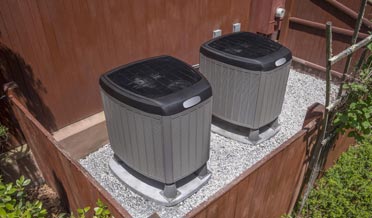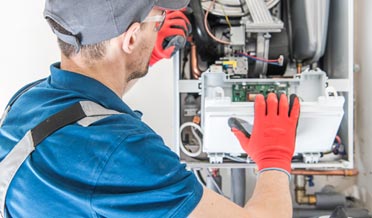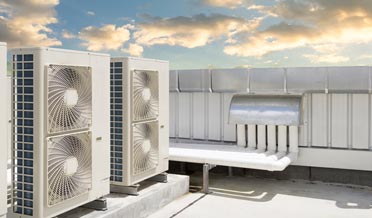How to Improve Your Indoor Air Quality This Winter
February is historically one of the coldest months for Southeast Texas. Although the air outside may be cold, your indoor air quality can be ever more dangerous. According to the EPA, indoor air quality can be up to eight or ten times more polluted than outdoor air quality.
Why is your indoor air quality worse during the winter?
To be more energy efficient, our homes are built to be airtight to keep cold air out in the winter and warm air out during the summer. This means that you are breathing the same recirculated air, not fresh air. When your heater is working, it warms the air, which allows pollen, mold spores, mildew, and other pollutants to flourish. An airtight, well-insulated home will then cycle these contaminants through your home over and over again.
Extended exposure to poor air quality can produce long-term health conditions that can be very serious. Poor indoor air quality has been linked to aggravated respiratory issues like asthma, allergies, and sinus problems. More harmful pollutants can also lead to heart disease and cancer.
Indoor air quality can be improved, especially during the heat of summer and cold of winter. We have created 8 tips for improving your indoor air quality during the winter.
1 Keep it Clean
Cleanliness will reduce the growth of mold, mildew, and build-up of dust. Frequently vacuuming and cleaning with non-toxic cleaning products will reduce volatile organic compounds (VOCs).
2 Your Ductwork is Key
HVAC ductwork can be a haven for dirt and debris build-up. We strongly recommend that you have your ductwork cleaned every two years to remove any potential compromises in your indoor air quality.
3 Replace Your HVAC Filter Regularly
Your HVAC system filter is a crucial component in improving your indoor air quality. Your air filters should be replaced every 30 to 90 days depending on if you have pets or a family member with any chronic respiratory issues. If you have either of those in your home, we recommend more frequent replacement.
4 Upgrade Your HVAC Filters
For maximum results from your HVAC system filter, we strongly recommend using a HEPA air filter. HEAP stands for “high-efficiency particulate air;” and can theoretically remove at least 99.97% of dust, pollen, mold, bacteria, and any airborne particles with a size of 0.3 microns (µm).
5 Control What Enters Your Home
Just like we learned, you should limit the number of VOCs that enter your home by using organic cleaning solutions. Reducing or eliminating the source of indoor air pollution is more cost-effective than increasing ventilation, which can increase energy costs.
6 Improve Your Ventilation
Any time that you can bring more fresh air into your home will improve your indoor air quality. If you notice pockets of stuffy air, mold and mildew, and condensation buildup, it is time to consider improving your ventilation. Kitchens that use gas stoves require additional ventilation to reduce gas fumes and smoke. Any areas of your home that might be used for crafting or hobbies that require materials that emit fumes should have additional ventilation options.
7 Research Air Purification Systems
Activating carbon filters will not only capture particulate matter, but will remove gas, odors, and airborne chemicals. More advanced air purification systems can also kill small pathogens like viruses, bacteria, pollen, mold spores, animal dander, and other pollutants. Air purifications are a great option to improve your wintertime indoor air quality.
8 Install an Air-Heat Exchanger
Also known as energy recovery, ventilators will circulate fresh air into your home. Air heat exchangers remove the polluted air and replace it with fresh air from the outdoors. During the winter, the outdoor air is heated by the energy created from operating the system. These systems will also remove humidity during the summer, which improves indoor air quality.
Indoor Air Quality During the Winter
Your IAQ needs during the winter depending on the length and intensity of your winter season. Although the Texas Gulf Coast has a relatively mild winter season, diminished indoor air quality can wreak havoc on a person’s sinuses and respiratory system.
Need Help with Your Indoor Air Quality?
For more information about R.M. Mullinix and our indoor air quality services, schedule an appointment or visit our HVAC maintenance information page.










